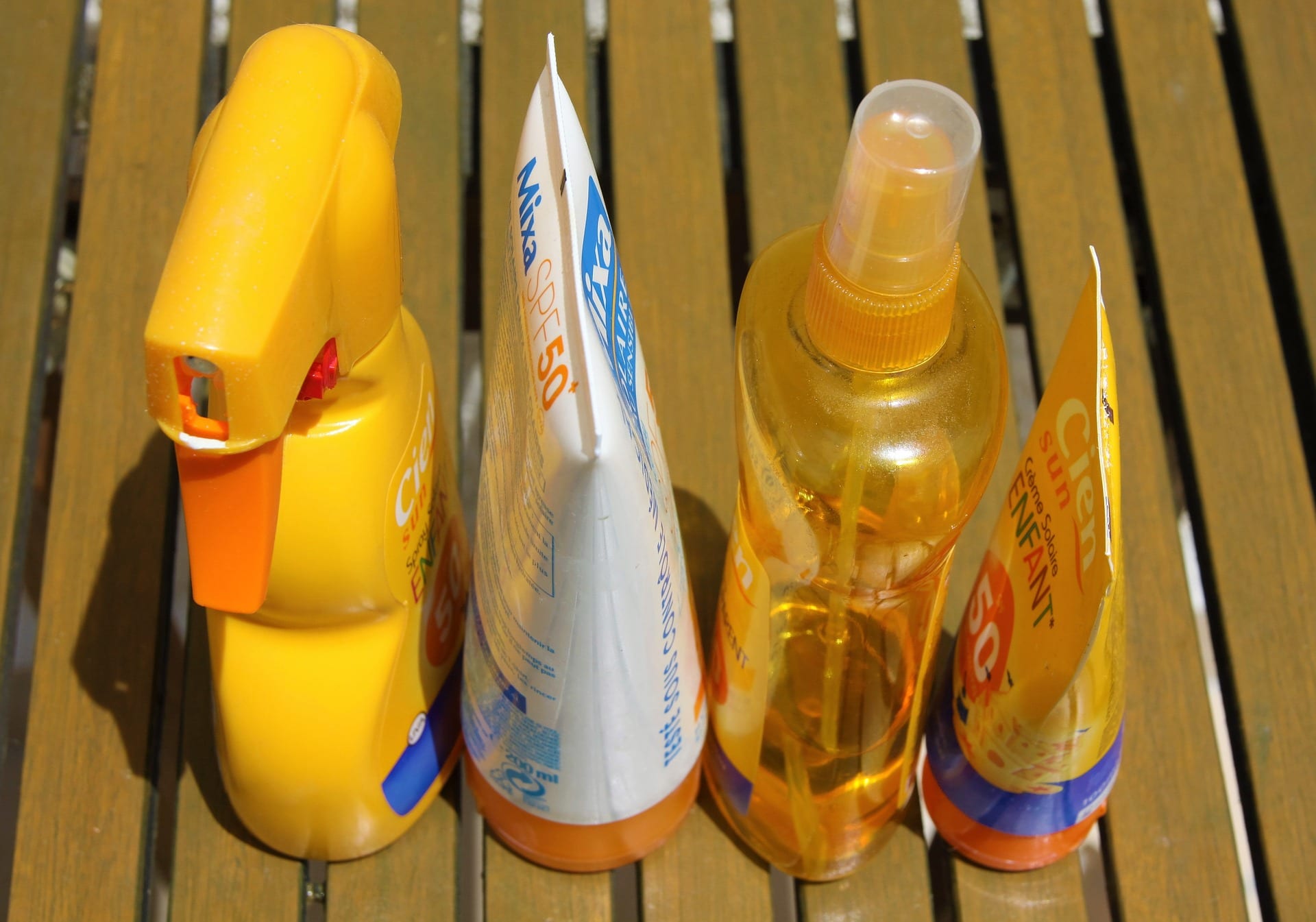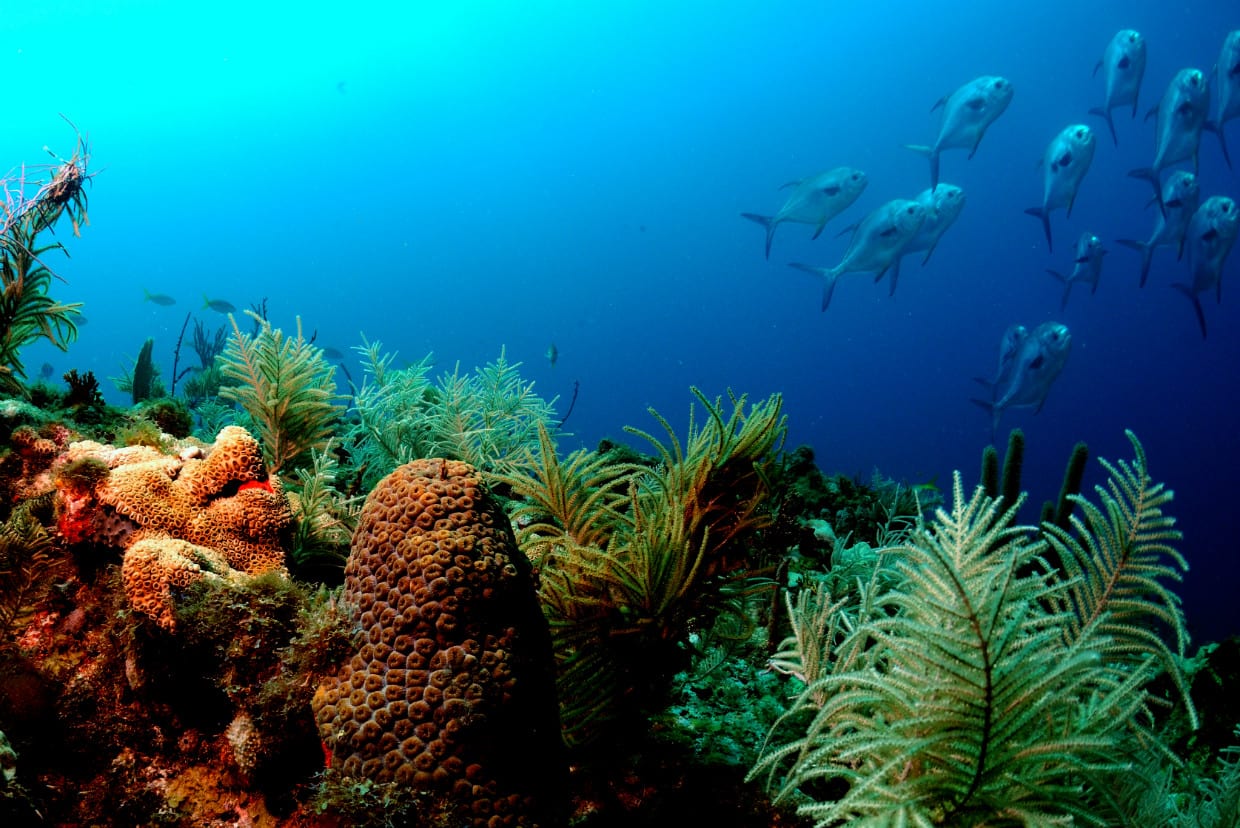A lot of us have been taught that dogs, our four-legged friends, can only see the world in black and white. That they will never be able to see the beautiful colors that exist around us. It’s honestly sad to consider.
But is this true? Or is it just a thing people told their children?
Photo Credit: Pexels, Lum3n.com
Not exactly true, as it turns out.
The myth originated in 1937, per the American Kennel Club:
“It’s likely that all the external world appears to them as varying highlights of black and gray,” Rudy wrote in his 1937 manual, Training the Dog.
The phrase that catches my eye is: “It’s likely…” Okay, so there is some doubt expressed, but let’s dig deeper. The AKC also talks about a 1960 finding that may have supported Rudy’s claim:
“In the 1960s, other researchers hypothesized that the only mammals that can discern color are primates. There was little research to back up this assertion, especially in dogs; nevertheless, it soon became common knowledge that our canine pals are color blind.”
Again there is some doubt: “There was little research to back up this assertion…”
Can Dogs See Color?
Photo Credit: Pexels, Juris Freidenfelds
The short answer is yes. Sort of.
Dr. Zay Satchu, a Chief Veterinary Officer of Bond Vet, talked with Reader’s digest:
“Yes! Dogs can see color. Both humans and animals have different types of cells in the back of our eyeballs—called rods and cones—that help us see. Rods detect motion and help with nighttime vision, and cones help with color and detail in what we see. Humans have three kinds of cones, meaning we see color and detail very well, while dogs have two kinds, meaning they can still pick up on colors, but probably can’t differentiate between forest and lime green as easily.”
But don’t go getting rid of Fido’s yellow tennis balls just yet! Dogs may not have the spectrum of color like us humans, but they can discern between certain ones.
What Colors Are Visible to Dogs?
Photo Credit: Pexels, Skitterphoto
“Most dogs can’t see much of red or green at all,” says Dr. Satchu. “The other ‘color’ that exists that humans can’t see but dogs can is ultraviolet, meaning ‘beyond violet.’ We’re still evaluating the true purpose of this vision, but we think it has to do with the ability to pick up on the kinds of substances that contain ultraviolet light, like urine and blood, that help with tracking out in the wild.”
He also says that blues and yellows are the showrunners in the rainbow that our canine friends see. Hence, the delight with the yellow tennis balls. Also, how interesting is it that a doggos’ vision goes beyond humans’!
So are you wondering why dog toys are brightly shaded in oranges, purples, and other colors? Well, here’s my take: The toys are eye-catching for humans, not pups. When we stroll down the pet aisle the manufacturers know who they’re selling too.
But as long at those toys make your dog happy, all’s well in dogland.
The post Are Dogs Colorblind? Here’s the Science Behind What Dogs Can See appeared first on UberFacts.







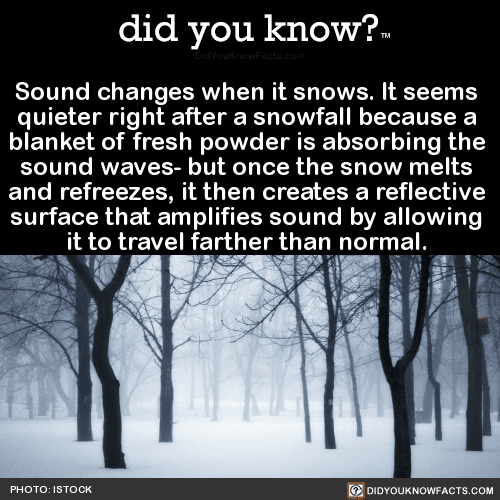
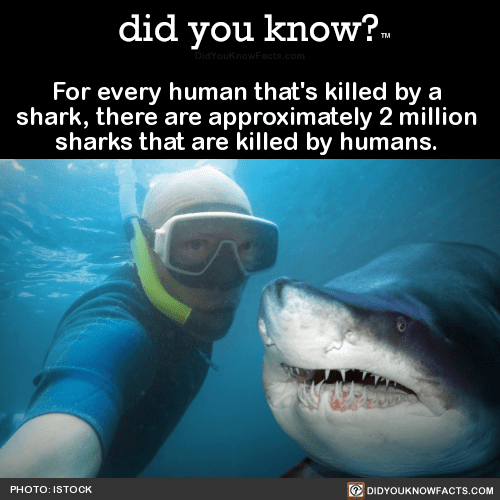


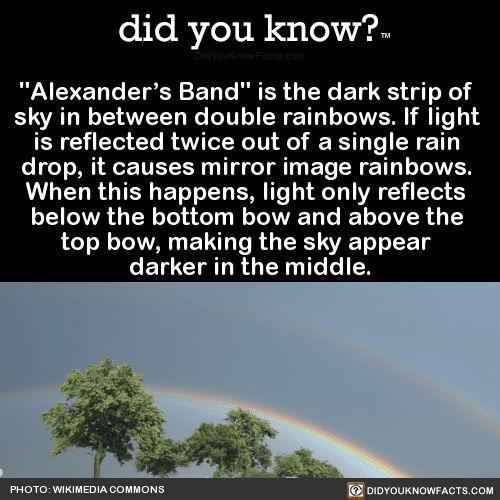
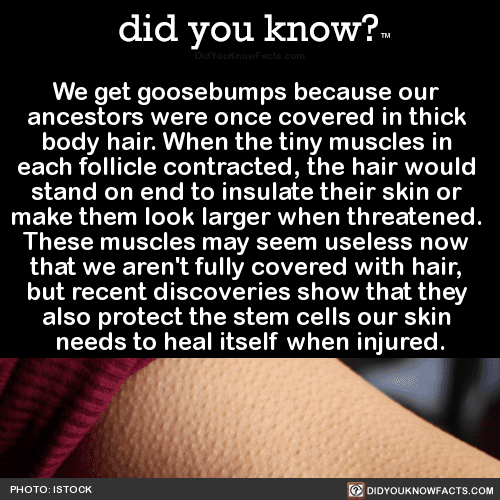

 ⠀ ⠀ Sie sind wesentlich größer als die hier bekannten Zecken, sie können Menschen wittern und Dutzende Meter weit verfolgen. Nun haben Hyalomma-Zecken aus Afrika und Südeuropa das erste Mal nachweislich in Deutschland überwintert.⠀ Die Hyalomma-Zecke ist deutlich größer als die Zecken, die normalerweise in Deutschland heimisch sind. Sie ist gut an ihren gestreiften Beinen zu erkennen.⠀ ⠀ > weiter lesen: https://buff.ly/2RMIoZ4?fbclid=IwAR1T3J7BslwNOud3GZv3515m6fNhOe_UsSF36m-bHALpOf2t0RCZcWHe2Q0⠀ ⠀ Quelle: Pharmazeutische Zeitung⠀ .⠀ ..⠀ …⠀ #zecke #riesenzecke #hyalomma #parasiten #infektion #infektionskrankheiten #krankheitsüberträger #fsme #viren #lymeborreliose #bakterien #impfung #FSMEimpfung #apotheke #gesundheit #beratung #service #selb #neueapo #instapotheke
⠀ ⠀ Sie sind wesentlich größer als die hier bekannten Zecken, sie können Menschen wittern und Dutzende Meter weit verfolgen. Nun haben Hyalomma-Zecken aus Afrika und Südeuropa das erste Mal nachweislich in Deutschland überwintert.⠀ Die Hyalomma-Zecke ist deutlich größer als die Zecken, die normalerweise in Deutschland heimisch sind. Sie ist gut an ihren gestreiften Beinen zu erkennen.⠀ ⠀ > weiter lesen: https://buff.ly/2RMIoZ4?fbclid=IwAR1T3J7BslwNOud3GZv3515m6fNhOe_UsSF36m-bHALpOf2t0RCZcWHe2Q0⠀ ⠀ Quelle: Pharmazeutische Zeitung⠀ .⠀ ..⠀ …⠀ #zecke #riesenzecke #hyalomma #parasiten #infektion #infektionskrankheiten #krankheitsüberträger #fsme #viren #lymeborreliose #bakterien #impfung #FSMEimpfung #apotheke #gesundheit #beratung #service #selb #neueapo #instapotheke
 only 6k shares in 9 hours
only 6k shares in 9 hours  sheesh! And those chairs will be couches!
sheesh! And those chairs will be couches! 

 #k9cinemas #shannonandreckon #thesupercollies #dogfriendly #movietheater #dogsholdingthings
#k9cinemas #shannonandreckon #thesupercollies #dogfriendly #movietheater #dogsholdingthings

 #islandia #iceland #escandinavia #scandinavia #meioambiente #environment #aquecimentoglobal #globalwarming #glaciar #glacier #geleira #okjökull #visiticeland
#islandia #iceland #escandinavia #scandinavia #meioambiente #environment #aquecimentoglobal #globalwarming #glaciar #glacier #geleira #okjökull #visiticeland
